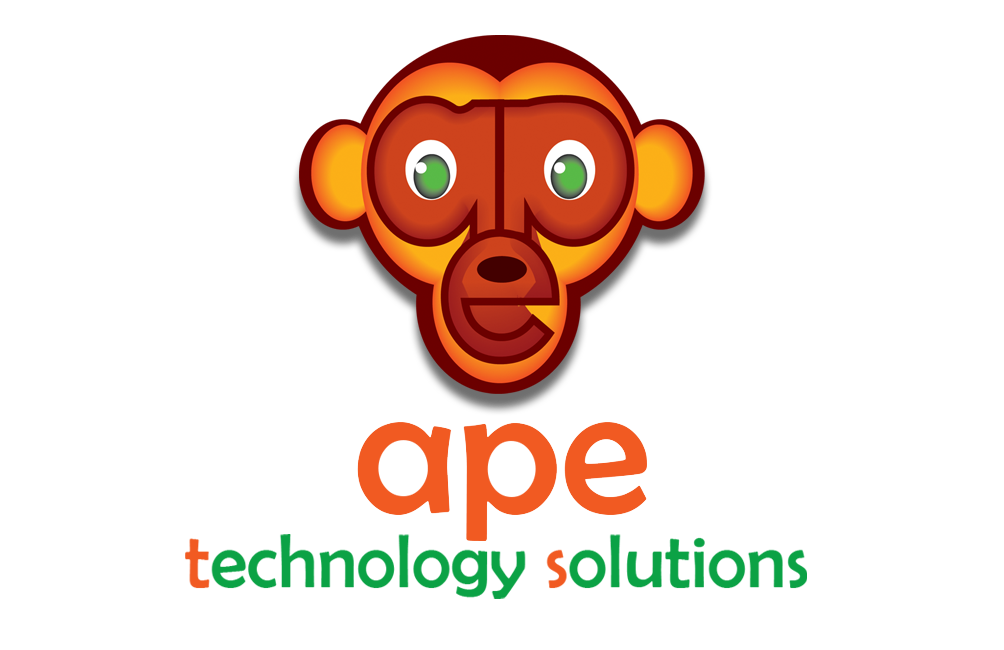There is no doubt that website design and having a comprehensive understanding of the different features and elements involved in web design, is an incredibly powerful skill to have in the digital age. For those of you that are new to the world of web design, it can essentially be compared to someone getting a substantial glow up. Think Anne Hathaway in The Devil Wears Prada. Whether the web designer is starting from scratch, or improving an existing website, the designer will likely focus on the following areas of the website:
– Layout and format of the website.
– The speed of the webpage.
– SEO: How Google ranks your website, based on the attributes of your website.
Sounds complicated right? That is why I will walk you through each of these elements of web design, step-by-step.
Layout and format of the website
The layout and formatting of your website is one of the most important things you need to consider. Much like that scene in The Devil Wears Prada, where Meryl Streep, aka, Miranda Priestly, makes a snap judgement based on Anne Hathaway’s (aka, Andrea Sachs) appearance; your website visitors will make a quick judgement on your company or product, based on the appearance of your website. That being said, this is an incredibly important aspect of web design. According to Outbrain, you have as little as 8 seconds to hook your visitor. Yes, that’s right – 8 SECONDS! When someone visits your website, they will take note of the look (the layout and format of your website), and the feel (how easy it is to navigate) Outbrain. Another term for the feel of your website is user experience (UX). So, what is UX? The International Organization for Standardization defines UX as “as a person’s perceptions and responses resulting from the use or anticipated use of a product, system or service” Digital Marketing Institute. When we apply this to web design, it is how the user perceives your website, and whether they decide to engage with your website (respond), or end their session.
Website layout
There are a number of things that need to be considered when it comes to determining the layout of your website. For example, the use of fonts and headings. The content on your websites should enable visitors to quickly scan it. Why is this important? Well, a while ago, web developer extraordinaire, Jakob Nielsen, said “people rarely read web pages word by word, instead, they scan the page, picking out individual words and sentences” (UX Planet). What does this mean in practical terms? This means breaking up large chunks of copy with headings. This will make it easier for your visitors to scan your website. Another way to break up the copy on your website is to include videos or images. Make sure these align with your copy and the action you want your visitors to take. If you would like assistance in designing your dream website, be sure to check out our web development services.
The speed of the webpage
This leads us on nicely to the next element of website design, the speed of your webpage. If you add too many images to your website, or if the images are too large, then this can affect the loading time of your website. The speed of your website is an incredibly important element to consider. Why is this? If your website has a slow load time, this can affect how Google ranks your website on the search engine results page (SERP), (FASTWALKER DIGITAL). You can test the speed of your website using Pingdom Tools. Simply input your URL into the search bar and Pingdom will provide the following results: load time in seconds, performance grade, page size and requests. Why don’t you give it a go and tell us how quick your website is in the comments!
SEO
Next up, we have search engine optimisation, also known as SEO. As we have previously established, both the layout and speed of your website have an impact on how Google ranks your website on the SERP. This being said, what can you do to ensure your website design is SEO friendly?
Check out our simple tips:
1) Don’t overload your website with images! Select a FEW value adding graphics, that will contribute to your visitor taking that desired action on your website. Too many images will cause your website to load slowly and as a result, Google will lower your website on the SERP.
2) When creating graphics or images for your website, download them as a JPEG. The alternative format is PNG, but images downloaded as a PNG have a larger file size (FASTWALKER DIGITIAL).
Do you need support designing your website?
Do you feel daunted by the prospect of designing and optimising your website? You are not alone! Website design can be an incredibly complex activity to get right, that is why it is often best left to professional website designers and developers. If you need support with your website, please book a discovery call with our MD, Alfie Payne, to find out more: calendly.com/alfie-ats.
We are a digital solutions agency and specialise in website design and development. We work closely with clients across multiple industries, to create fully-integrated websites, that deliver maximum satisfaction and easy navigation for website visitors.
Do you still need some convincing? Don’t take our word for it, view our client testimonials here, and see how we helped to design their websites! You can view these here.
Did you like this post? Why not share it on social media?

Do you want to receive our weekly blogs? Make sure you subscribe to our mailing list – click the button below.


